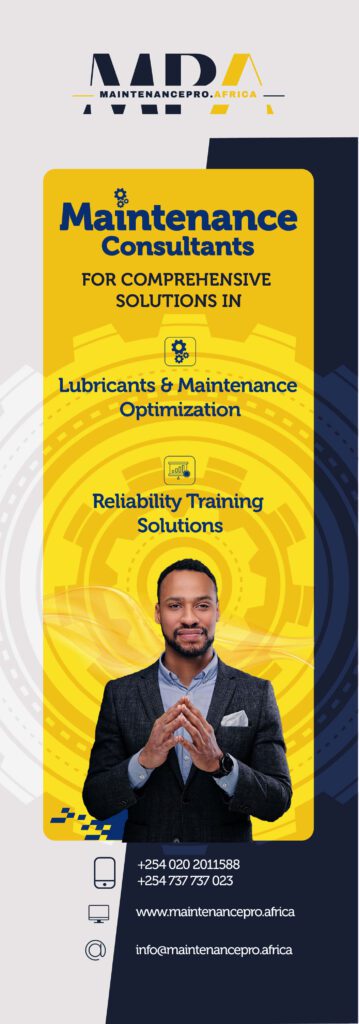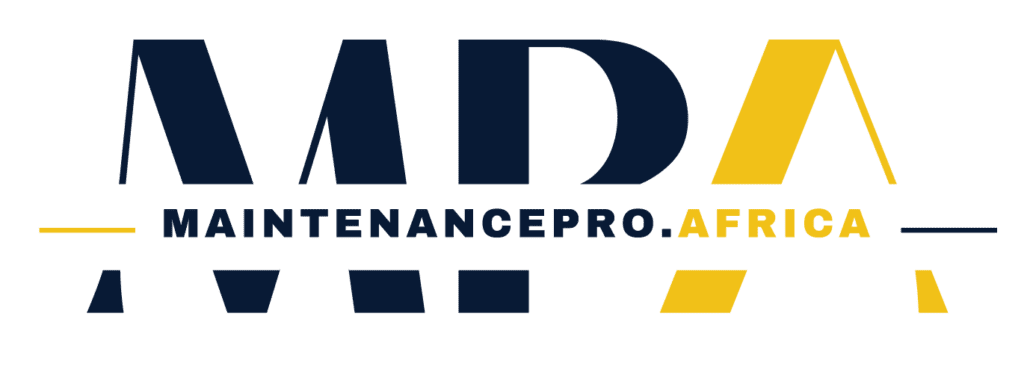Africa Lubes Market; the next frontier.
By: Dr. James Wakiru
Africa is far from being considered a unitary market. It comprises 55 states which tend to share similar market dynamics but equally differ significantly in how business is conducted. African countries have been coalescing around regional trading blocs such as COMESA, EAC, SADC and ECOWAS to address such disparities, which often frustrate trade. Of Course, the citizens of Africa await with bated breath the expected benefits of The African Continental Free Trade Area (AfCFTA), which was unveiled in 2021. AfCFTA, a brainchild of the African Union (AU), is expected to form the world’s largest free trade area connecting over 1.1 billion people across the African continent, boosting intra-African trade once import duties and non-tariff barriers are eliminated.
As history has shown in other regions, a continent on a development path will encounter several challenges along the way. Africa’s lubricant market is not unique and is beset by several challenges that must be overcome or managed. These challenges are similar across Africa. There are the adverse effects of political instabilities in some countries and regions, unstable demand for lubricants with high variability being evidenced across regions, Logistical challenges exacerbated by over-reliance on a poor road transport network, counterfeits and sub-standard lubricants and Lastly, the skill and technology gap.
Despite the complexity of doing business, Africa still presents an attractive market for lubricants. Various sources have placed the continent’s annual demand at 2 million tons, with South Africa, Nigeria and Egypt being the leading markets. This market is characterized by an ever-growing enlightened market concerning quality and performance with the best communication platform, where we have the mobile phone industry with a penetration of over 65%. Many countries in Africa are experiencing tremendous growth in various sectors such as energy, transport and industries with a revamped focus by the individual governments towards economic growth. To address the quality and counterfeit challenges, and safeguard the customers and suppliers, there are marked interventions by standards and regulatory bodies in many African countries. The regulation and enforcement of Base oils, additives and lubricants standards are gaining more focus than before.

A typical generic trend observed for lubricant business evolvement and entry into the African market can be in any of the following stages, as shown in Fig. 1; Incorporation, diversification, distributorship, own brand and acquisitions, or joint ventures. Most companies start with a fuel outfit and later diversify to lubricants and LPG to increase profitability. Some players seek a partner to distribute their lubricants locally or by importing to immediately penetrate the lubes market. Other players, typically the indigenous African oil companies, enter the lubes market by launching their brand of locally or imported lubricants. Lastly, acquisition or joint ventures are other ways companies can enter the African lubricants market.
Several models and partnerships have been and can be employed in Africa for a successful lubricants business.
- Local presence
Some companies opt to become fully incorporated in the African market to be able to address and participate fully in the marketing activities in Africa. Full incorporation enables a company to blend the lubricants or import as it deems possible locally. Local blending offers tax benefits in many countries where the taxes charged on finished products are higher compared to those on raw materials (base oils and additives). Moreover, local blending offers additional advantages to a company as flexibility can be built in to adapt to the market. Such a company also enjoys the advantage of real-time market knowledge and speedy reaction to any changes in that market.
However, many companies lack the appetite for incorporating in Africa for various strategic reasons; hence, they may opt for several other options, such as distributorships or agencies. Three variants exist. A company may appoint a lubricants company to distribute and market their lubes. Secondly, one can appoint a consumer end-user to use, distribute and market its products. An example of such a case is MOTUL lubricants which is distributed in Kenya by DT Dobie CFAO, a leading motor vehicle distributor. The third variant can involve the appointment of a company in a complementary sector, such as filters, and here we see an example in Kenya where Unifilters Kenya, a company that specializes in the filtration sector, is the appointed distributor of Valvoline lubricants.
- Joint Ventures
JVs offer numerous benefits such as cost and responsibilities sharing, complementing skills and core competencies, gaining new insights and expertise and access to relationships and networks. In the lubricants sector, JVs offer a significant advantage in technology exchange, where African clients become more enlightened on new technologies and trends. Furthermore, JVs can take various strategies when considering marketing strategies. One of the approaches is the Licensee. According to the business dictionary, a licensee is a person or business that holds an approved license to conduct an activity, such as operating a business. Increased growth of this business model has been experienced in Africa and still offers significant penetration capabilities for companies interested in the African Lubes market. One can acquire licensee rights for the full range of lubricants, a model well demonstrated by Vivo Energy’s licensee of the full range of Shell Lubricants. A company can also acquire licensee rights for a line of products; for instance, Centlube in South Africa is a Houghton licensee in the steel rolling fluids.
- Toll Blending
Toll blending agreements are where one’s lubricants are produced and packaged by a different company. Such models are widespread, especially considering the economies of scale and Lube blending plant capital investment requirements. Some examples include Blendrite- South Africa OLA Energy, and YanaOil– Kenya, which are offering toll blending services to other oil companies.
Once a company has settled on the model to launch its business in Africa, there is a need to create demand and visibility and, most importantly, offer technical support.
Demand creation is increasing the demand for a product or service using marketing techniques that ensure customers understand why they need a new product or service. Some of the practical tools that are employed include certification of products and OEM approvals. ISO certification, for instance,, gives customers confidence in quality and performance. On the other hand, OEM recommendations and approvals give customers comfort that they are using the right product for the type of machinery in question.
Customers need to know and understand the company’s business and products to interact with a company. This can be attained by either product visibility marketing or brand visibility marketing. In product visibility marketing, an organization highlights product features, benefits, quality and other product-specific ideas, while in brand visibility marketing, the organization aims to enhance the company’s positive reputation or standing in the market to improve customer relationships.
The use of tools like Proof of Performance stories achieved in Africa can be shared, recognizing the African perspective. Using POPs works with the confidence that people trust what others say they trust and offer referrals. Similarly, Social Media platforms provide a high-visibility medium. With a significant mobile phone penetration of over 63 million people, using such platforms to reach the target market is effective.
The provision of technical support and services go hand in hand with the establishment of a successful lubricants business in Africa. This includes offering technical training to partners or distributors to enhance after-sales service and improve the market preferences from the customer’s perspective. Customer training similarly sheds light on new technology, and market aspects, and builds loyalty. Technical services may also offer advice to industrial customers on modern maintenance methods, such as lubricant condition monitoring. In a recent survey carried out by the author, 100 companies were interviewed; most of the respondents (70%) indicated they employ lubrication condition monitoring and 46% temperature monitoring, as illustrated in Fig. 2. This undoubtedly offers an avenue which oil companies can employ not only as a service proposition but also transfer technical knowledge to many customers and players that would directly or indirectly counter and address ill vices such as counterfeits and substandard lubricants in the market.

In conclusion, the African lubricants market retains significant potential for business, offering a reachable market. One notable aspect most business strategies concur with is, “Africa is the next frontier.” The continent is witnessing considerable progress in economic growth. Coupled with this, the new political promises are offering enhanced eco-political goodwill in most of the countries on the continent. With this in mind, we underline the proposition that for marked market penetration and growth, various partnerships and models need to be considered.
This article has also been published by TLT: https://digitaleditions.walsworth.com/publication/?m=5716&i=761078&p=26&ver=html5
Dr James Wakiru can be reached using the following emails:



